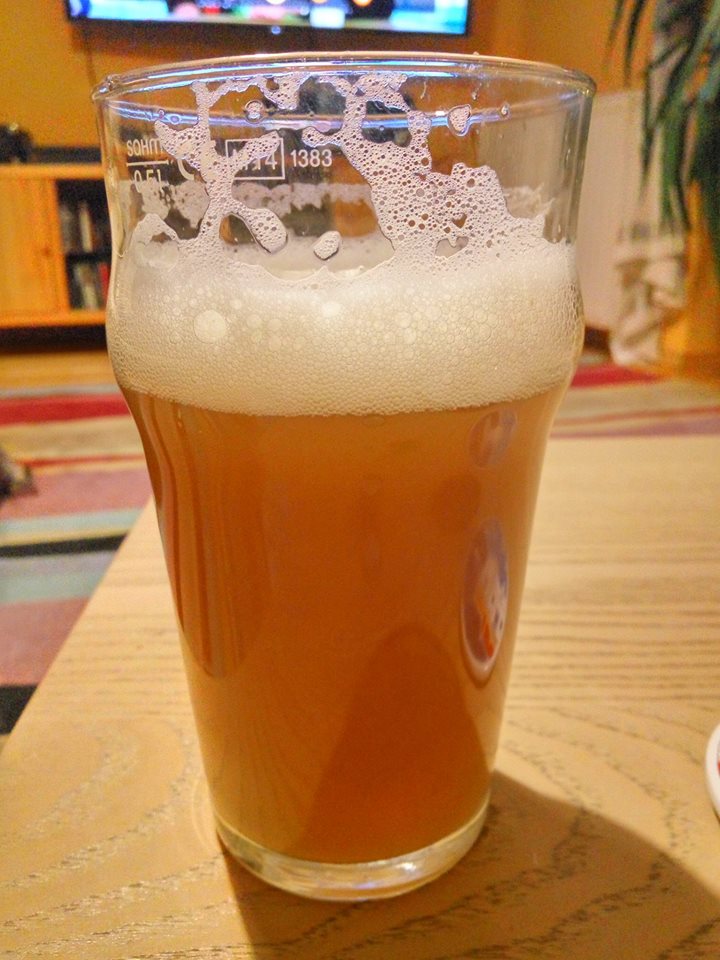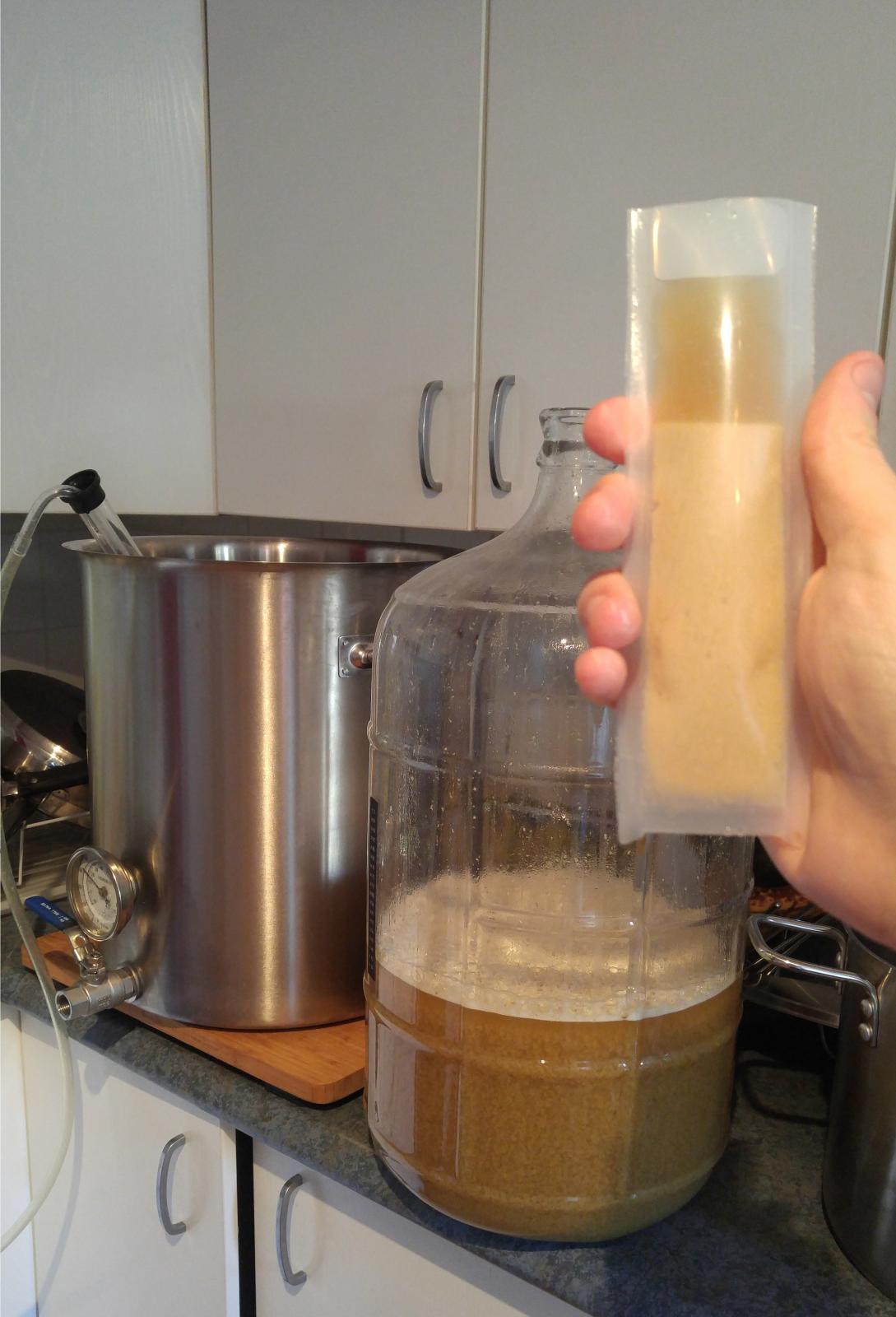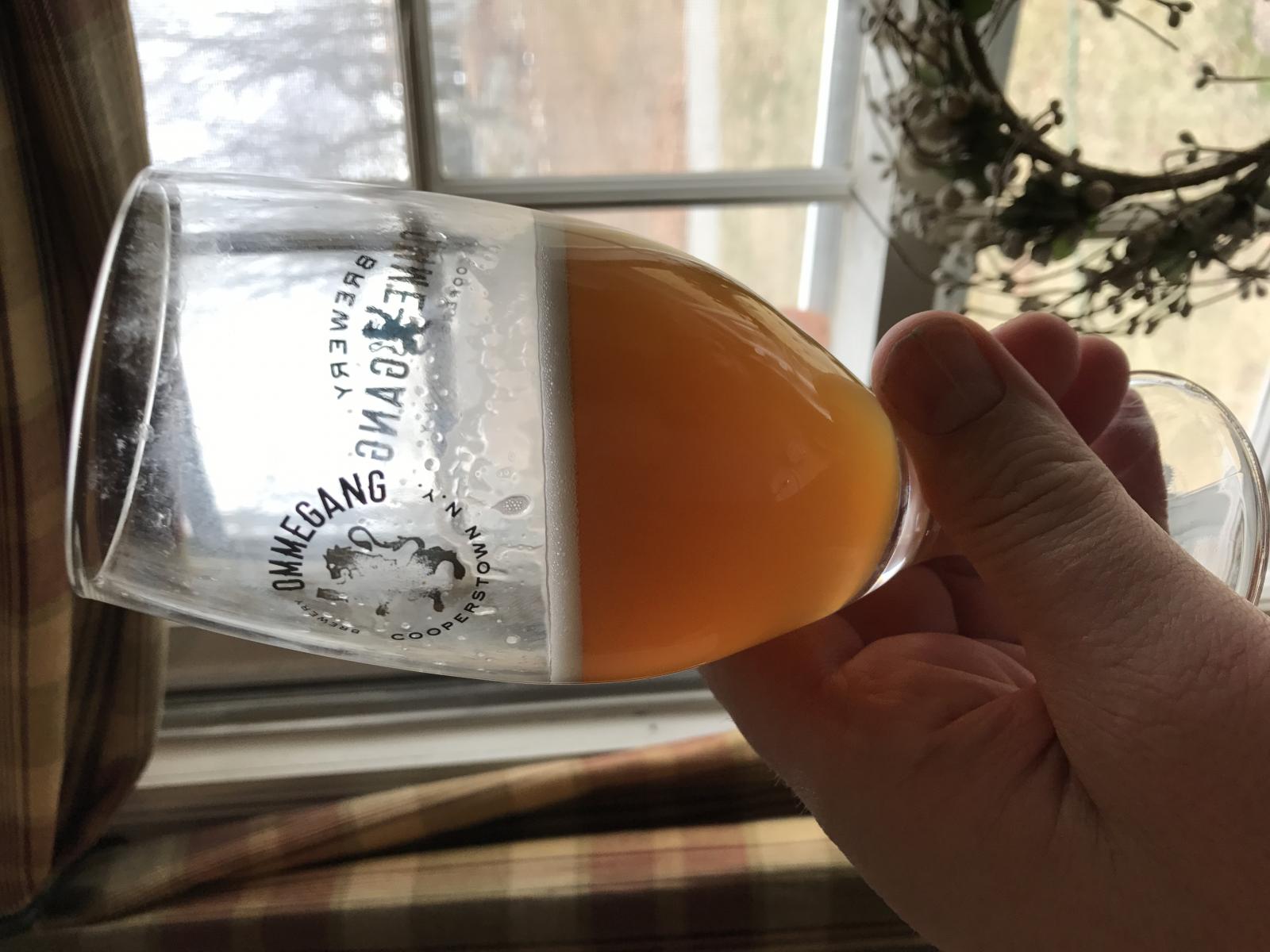optimal_pizza
Well-Known Member
- Joined
- May 5, 2015
- Messages
- 101
- Reaction score
- 31
Giving this recipe a shot tonight in a 3 gallon batch:
84% Patagonia Pale
8% Flaked Oats
8% Flaked Wheat
Hopshot at 60 minutes for ~30 IBU
Ounce of Mosaic, Citra and Vic Secret at 170 degree whirlpool for 40 minutes
Same amount for dry hop
Imperial Juice Yeast
6 ounces of hops in a 3 gallon batch enough for this style or should I up it?
84% Patagonia Pale
8% Flaked Oats
8% Flaked Wheat
Hopshot at 60 minutes for ~30 IBU
Ounce of Mosaic, Citra and Vic Secret at 170 degree whirlpool for 40 minutes
Same amount for dry hop
Imperial Juice Yeast
6 ounces of hops in a 3 gallon batch enough for this style or should I up it?







